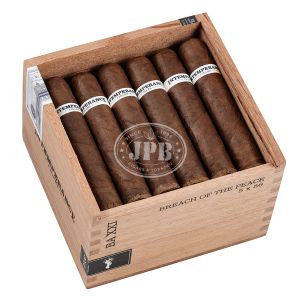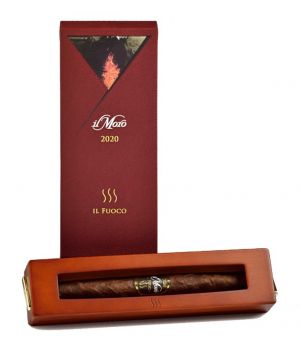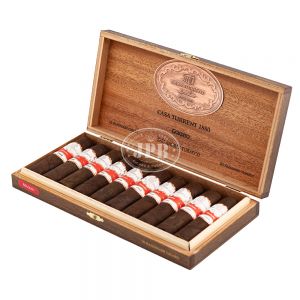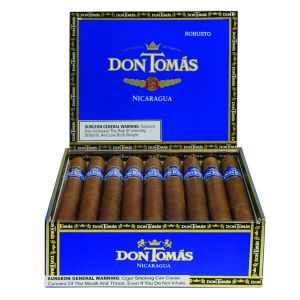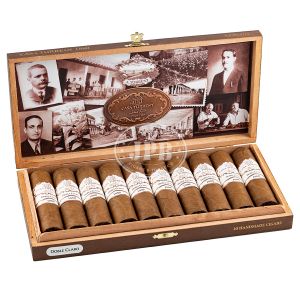Intemperance BA XXI Breach of the peace / Robusto 5x56 (24)
Description Intemperance BA XXI Breach of the peace / Robusto 5x56 (24)
The Temperance Movement, the Prohibition Era and the End of Prohibition
In the 18th century a global temperance movement began in rural Connecticut. After World War I, the movement began to spread like wildfire throughout the United States, and across the globe, as religious and women’s groups spread the gospel on the evils of alcohol. In 1919, the Temperance Movement achieved their goal with the passage of the 18th Amendment to the Constitution of the United States which established a national prohibition on the consumption of ‘intoxicating liquors’.
Following the ratification of the 18th Amendment, an Intemperance Movement was born. The Volstead Act had effectively turned every consumer, merchant and producer of alcohol into a criminal; organized crime took root. Without market and regulatory controls, alcohol became more dangerous to consume. The court system was brought to the brink of failure under the weight of criminal and civil cases related to prohibition.
After a little more than a decade, public opinion had turned. The effort to repeal prohibition emerged victorious with the ratification of the 21st Amendment to the Constitution of the United States. Despite the dismal failure of this ‘noble experiment’, the Temperance Movement marches on. Perhaps this is no better represented than in the form of the modern tobacco control movement, also known as the Anti-Tobacco Movement. In the last sixty years, the forces aligned against tobacco have grown in influence and power much in the same way the Temperance Movement before it grew. Facing oppressive ordinances and misguided regulation, we felt that it was well past time to initiate our own Modern Intemperance Movement.
Intemperance cigar is presented in three blends, each representing the history of the Temperance Movement in the United States.
The BA XXI features a Brazil Arapiraca wrapper and a filler blend that contains three ligeros: Esteli, Jalapa and Olor.
